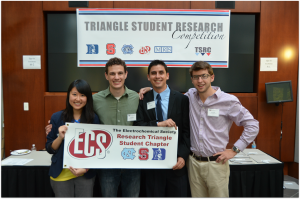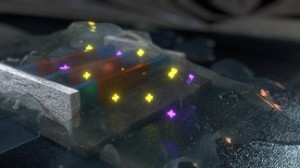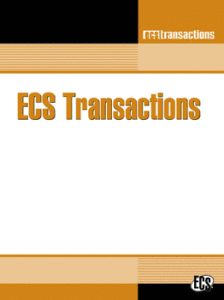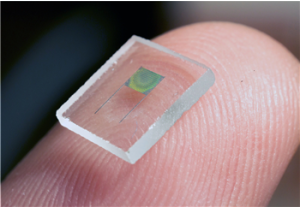
Top 30* includes student chapters such as the Research Triangle Student Chapter. Officers include Isvar Cordova, Dominica H. C. Wong, James Daubert, and Marty Dufficy.
“I joined ECS because of its reputation in the field of electrochemistry and its focus on supporting its members. While a member of ECS, I have had the opportunity to meet and talk with experts in the field of electrochemistry that I would not have been able to do if I was not an ECS member. ECS provides opportunities for students to not only interact with local electrochemists, but to also travel to international meetings to meet and talk with experts in the field.”
James Daubert, PhD student
North Carolina State University
ECS staff recently analyzed membership data to determine which universities had the greatest presence within the society. Here is what we discovered:
Top 30* Universities by ECS Student Members
| Rank | University | Number of Students | Country | ECS Student Chapter |
|---|---|---|---|---|
| 1 | University of Virginia | 32 | United States | Yes |
| 2 | Colorado School of Mines | 30 | United States | Yes |
| 3 | University of Arkansas | 29 | United States | Yes |
| 4 | University of Maryland | 26 | United States | Yes |
| 5 | Illinois Institute of Technology | 20 | United States | Yes |
| 6 | University of Illinois at Urbana-Champaign | 19 | United States | No |
| 7 | Case Western Reserve University | 17 | United States | Yes |
| 8 | University of Calgary | 16 | Canada | Yes |








